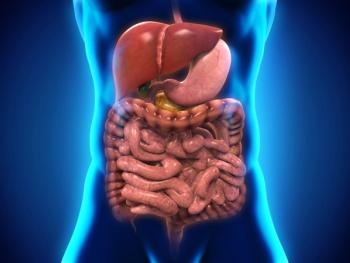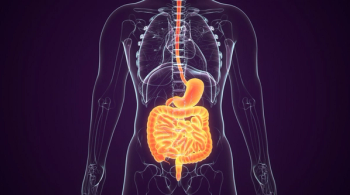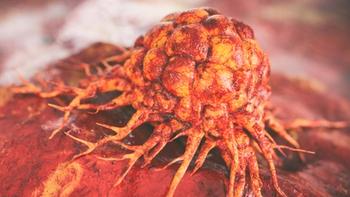
Study Reveals Necessity of Investigating Cause of Atopy and ITP Among Children
Though this study did not determine the causality, it clearly demonstrated an association between atopy and immune thrombocytopenic purpura (ITP).
Results from a study published in Scientific Reports indicated it is necessary to investigate the cause of atopy and immune thrombocytopenic purpura (ITP) among children with ITP and to find other immunological and possibly genetic commonalities.
Though the study did not determine the causality between atopy and ITP, it clearly demonstrated an association; therefore, the prevalence of atopy in patients with ITP is higher than the normal population.
“This is 1 of the few studies on the relationship between atopy and ITP that can be very important in future studies,” the authors wrote. “Other benefits of this study include the study of a atopic type such as atopic dermatitis, allergic rhinitis, allergic conjunctivitis, pruritus and neonatal dry skin, which is very comprehensive.”
In this case-control study, researchers sought to determine the association of primary ITP and atopy among children. Patients with acute and chronic ITP who were confirmed by a hematologist were included in the study, and a control group was also selected from the siblings of the patients who were healthy and almost matched by age and sex with the patient group.
Data from the participants were entered into a questionnaire under the SPSS-20 program, and demographic data were assessed descriptively. In total, 120 patients were enrolled, 60 of whom were enrolled in the patient group and 60 in the control group.
Overall, 14 patients (23.3%) were affected by atopic dermatitis and 46 cases (76.7%) were not. Additionally, in the control group, 57 cases (95%) had no atopic dermatitis and only 3 cases (5%)
developed atopic dermatitis. These results revealed that atopic dermatitis is more common in children with ITP when compared with those in the control group (P = .004).
Moreover, a significant association was observed in the study of ITP with allergic rhinitis (P = .02), atopic dermatitis (P = .004), itching (P = .042), and dry skin (P = .015). However, no significant relationship was revealed between ITP and asthma (P = .18).
“The results of our study, despite the low number of cases compared to other studies, show a strong significant relationship between these two immunological disorders,” the authors wrote. “The severity of this relationship varies according to the type of atopic manifestation and the highest rate was associated with atopic dermatitis and the lowest was related to allergic conjunctivitis.”
Of note, in this study, the investigators found a more significant correlation between acute ITP and Ethiopia versus chronic ITP. However, this observation could change in a study with a larger sample.
“The findings suggest a study of the types of possible genetic disorders and immune systems involved in the two diseases, which are identical, and that the results of these studies may pave the way for new therapies,” the authors concluded.
Reference:
Bahoush G, Poorasgari A, Nojomi M. Relationship of primary immune thrombocytopenic purpura and atopia among children: a case control study. Scientific Reports. doi: 10.1038/s41598-020-68647-2
Newsletter
Stay up to date on recent advances in the multidisciplinary approach to cancer.

















































































